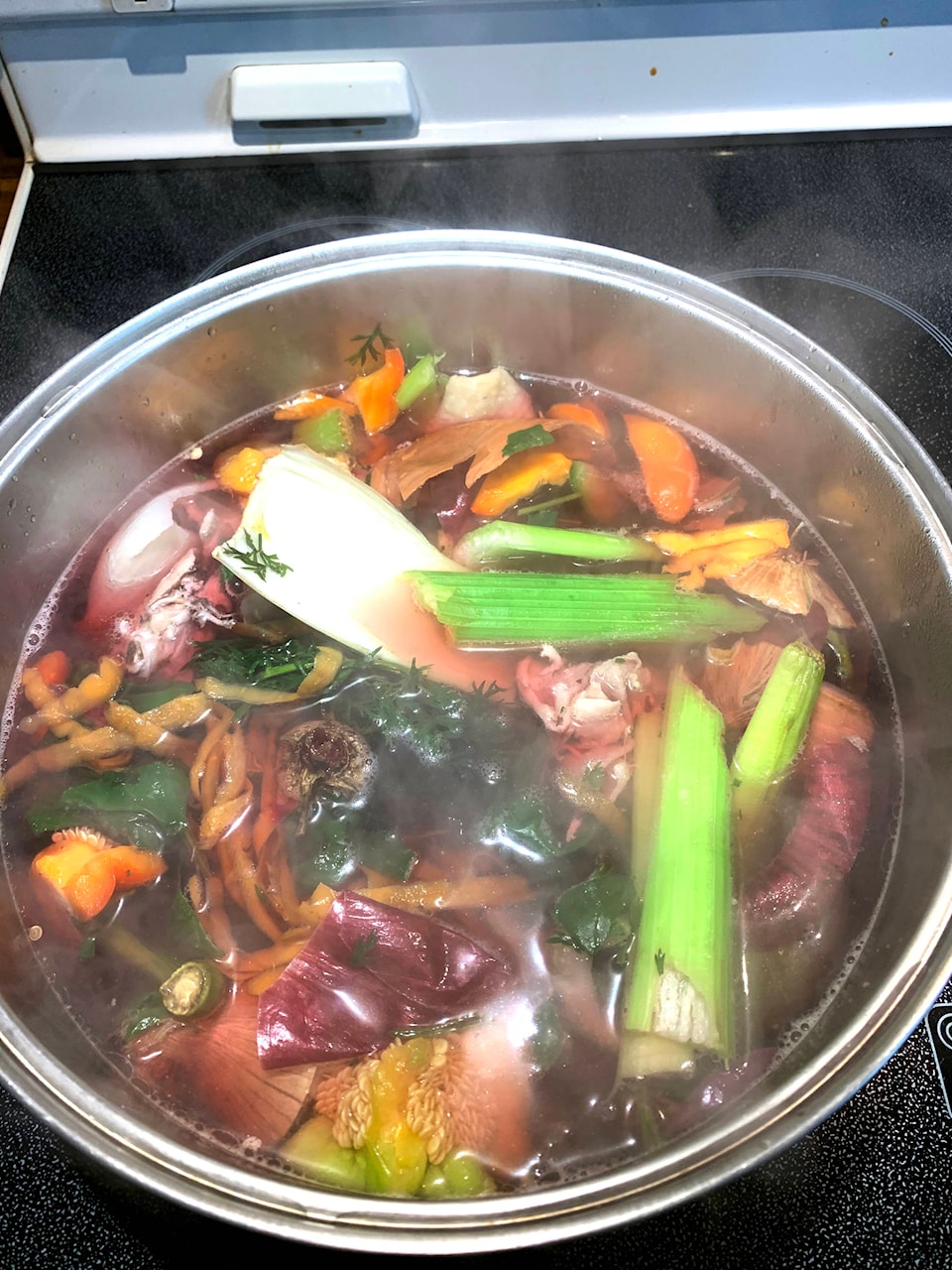Well, I’m glad to say that the election is over. I’m tired. I’m ready to move on. At the end of the day, I have clean water coming from my tap, I have a strong roof over my head, I live in a country where I have access to health care, I’m surrounded by nature, I have the ability to reduce my carbon footprint and I have some pretty spectacular people in my life. What more could I really ask for?
Climate change was a huge topic during this election, and for good reason, but I think what people really need to remember is that you don’t need to be perfect. There’s no such thing. Making a few changes to your routine and lifestyle however, can make a difference.
For many years I’ve been doing my part to try and help out mother nature. I use as little water as possible. I use re-usable grocery bags. I recycle everything I possibly can. I carry my own re-usable straw and cutlery. I only buy new clothes if I really need them, I re-fill my soap dispensers, I go to the Bulk Barn, the list goes on.
FARM LIFE: Be the change
Composting and reducing food waste is a big part of my effort to be more sustainable. Farm life affords me the ability to do so quite easily. Being able to compost year-round is fantastic. It’s really a very simple process once you get going, and there’s no reason to be intimidated even if you live in an apartment. There are all kinds of solutions from vermicompost and community gardens, to food waste programs, farmers’ markets, fancy in-house units and more.
I do feed a portion of my veggie scraps to the pigs on the farm, and I also save some scraps from carrots, onion, celery, chicken, etc. and put them in the freezer to make veggie stock with down the road. Almost all of my food scraps get used one way or another. A great resource I’ve found for reducing food waste (she goes above and beyond) is Zero Waste Chef, Anne-Marie Bonneau. Google her or find her on Instagram for some serious inspiration.
I use a bin specifically designed for composting, which is a pretty standard method, according to the research I’ve done and folks that I’ve talked to. I purchased one from our local garden centre for around $40. There are many different kinds, so if you’re thinking of starting a compost, do a little research and figure our what suits your yard, budget and time.
The key thing to a healthy compost is having proper ratios of green and brown material. You want to ensure that you have more brown material than green to help break that good stuff down faster.
Our local environmental group, Wildsight, has a very handy PDF to help you get started at home.
Examples of green material are fruits and vegetables, grass clippings, flowers or dead plants, tea bags, coffee grounds etc.
Examples of brown material are dry grass and straw, wood chips, dry leaves and twigs, paper, cardboard etc. If you’re going to put paper in I recommend newspaper as opposed to printer paper or anything with large amounts of ink or thick stock. The Kimberley Bulletin newspaper, and many others, use a vegetable-based ink so it is safe for your compost bin.
Other things you can compost include pet hair, dryer lint, wood ashes and crushed egg shells. I would not recommend putting citrus in your compost, although there’s some debate on that topic.
It’s important to keep meat, fat, fish, dairy and any non-organic materials out of your compost. The whole point of composting is to turn the organic material into soil to use later on. Plus, you’ll help reduce greenhouse gasses by keeping organics out of the landfill.
FARM LIFE: An introduction
To start your compost, make sure you put it somewhere convenient, and somewhere that animals don’t have easy access to it.
I started by placing twigs in the bottom of my bin, in a cross hatch pattern, followed by a little sawdust, then some green materials from my kitchen, then a little more sawdust. Going forward, half green and half brown materials would probably be fine, but I prefer at least a 40/60 split.
Keep the soil moist, most research I’ve done says you want it to be similar to a sponge that’s been wrung out. You can break down the materials, like chopping your fruits and veggies into smaller pieces and shredding your paper, to help speed the process up. I once put my watermelon rinds in there in large pieces and they took way too long to break down.
Make sure when you put your green materials into the bin to cover them with a layer of brown material to avoid bugs, mould and smells. This will help keep animals at bay as well. It’s also important to turn your compost regularly. I use a pitch fork or a small shovel to do this in my bin, and I usually do it once a week. Some bins out there are super handy and designed to turn with the simple pull of a handle.
Your compost is ready when it looks like dirt, like I said, simple. Add it to your soil when planting in the spring and you’re guaranteed to have some happy vegetables and/or flowers. I’ve already been able to do this once and I will have more than enough come spring to add to my garden.
I hope that reading about how to compost has taken your mind off of election drama, as it has done for me. I will continue to play in my garden and daydream and forget about the rest of the world for a moment by doing these tasks. It’s my solace, my ‘me-time’ and my way of giving back to mother nature.
corey.bullock@kimberleybulletin.com
Like us on Facebook and follow us on Twitter
